
I visited Spain for the the first time in 1963; I was twenty-four. It would be another twenty-eight years until I returned in 1991 and again in 1994.
CAMPELLO
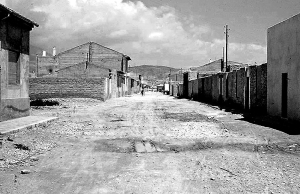

Campelló in 1962
I went to Campelló in 1962. Dusty, dirty streets; unkempt houses and
real-life local bars, no pubs. I didn’t realise at the time that it made a strong positive impression on me. Now Campelló is a mega tourist and holiday centre, especially for British and Northern Europeans.
TOLEDO
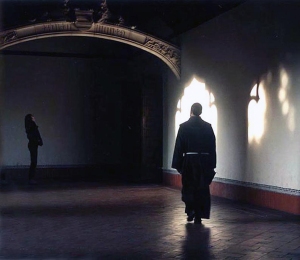
Toledo was made a UNESCO World Heritage Site for its cultural and monumental heritage and historical co-existence of Christian, Muslim
and Jewish cultures.
The old city is located on a mountaintop with a 150 degree view, surrounded on three sides by a bend in the Tagus River, and contains
many historical sites, including the Alcázar, the cathedral (the primate church of Spain), and the Zocodover, a central market place. It has a history of Catholic and Moorish rule with a strong Jewish footprint. This Catholic church was once a mosque.



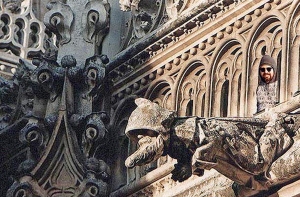

The Alcázar
In 1936 during the Spanish Civil War, Republicans controlled most of Toledo and sought the surrender of the Alcázar by artillery bombardment. For the duration of the siege, the Nationalists, under the control of Colonel José Moscardó, engaged in a passive defense, only returning fire when an attack was imminent.
Colonel Moscardó was called on the telephone by the chief of the Worker’s Militia, Commissar Candido Cabello, on the morning of July 23 in Toledo and told that if the Alcázar were not surrendered within ten minutes, Moscardó’s 16-year-old son, Luis, who had been captured earlier in the day, would be executed. Colonel Moscardó asked to speak to his son and his son asked what he should do. “Commend your soul to God”, he told his son, “and die like a patriot, shouting, ‘¡Viva Cristo Rey!’ The Alcázar does not surrender.” “That,” answered his son, “I can do.” There is a legend that Luis was immediately shot; he was not shot until a month later “in reprisal for an air raid”.
(Wikipedia)
Being there was chilling.
PICOS DE EUROPA
The Picos de Europa is a range of mountains 20 km inland from the northern coast of Spain, in the Autonomous Communities of Asturias, Cantabria and Castile and León, forming part of the Cantabrian Mountains.

Though a bit shambolic it was one of the best places we stayed. We walked in the hills and along mountain trails, visiting Potes, the local market town, where we bought cheap wine and excellent local Manchego cheese.
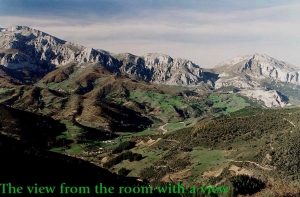
This is what we saw each morning from our bedroom as we pulled
back the curtains. An excellent start to any day.
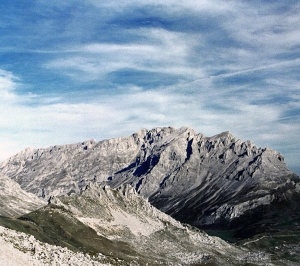

GRANADA
The Alhambra
After being allowed to fall into disrepair for centuries, Alhambra was rediscovered in the 19th century by European scholars and travelers. It is now one of Spain’s major tourist attractions, exhibiting the country’s most significant and well known Islamic architecture, together with 16th-century and later Christian building and garden interventions. Alhambra is a UNESCO World Heritage Site and the inspiration for many songs and stories. We stayed in the Hotel Washington Irving, a slightly decrepit, but very comfy, old hotel, very conveniently situated across the street from the Alhambra.
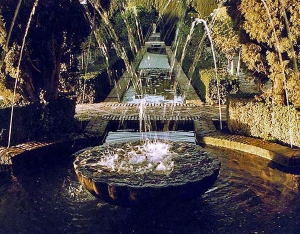

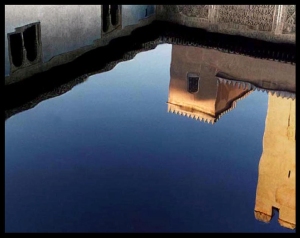
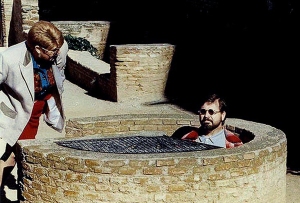
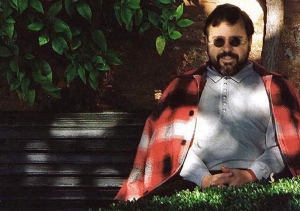
The advantage of staying so close to the Alhambra was that we could sit in the beautiful gardens for as long as we liked. We read a lot.
EMPURIES
Empúries, formerly known by its Spanish name Ampurias, was a town on the Mediterranean coast of the Catalan comarca of Alt Empordà in Catalonia, Spain. It was founded in 575 BC by Greek colonists from Phocaea with the name of Ἐμπόριον. It was later occupied by the Romans, but in the Early Middle Ages, when its exposed coastal position left it open to marauders, the town was abandoned.


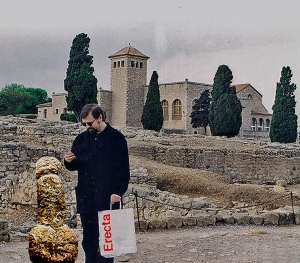

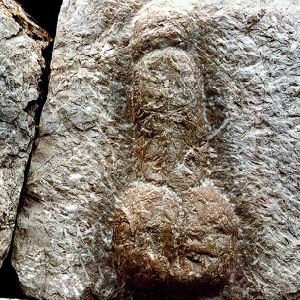
CATALUNYA
SALVADOR DALI

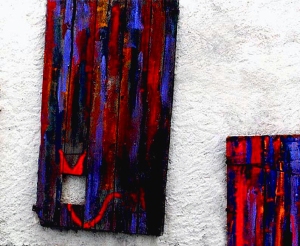
BARCELONA
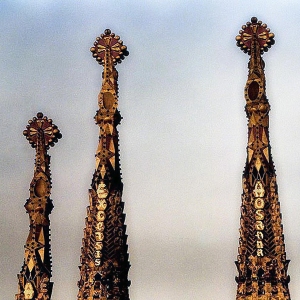
Sitges
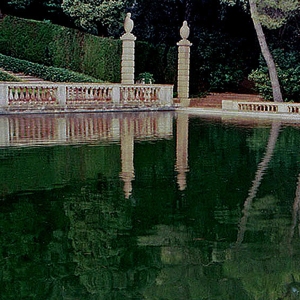
Sitges

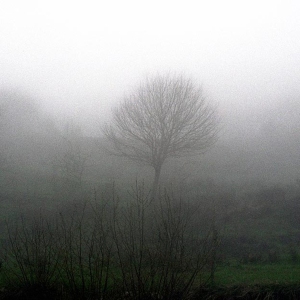
A misty drive to Puig Cerdá (pron. poosh sirdah) on the French border.
Leave a comment